MHT funds much of its architectural survey work through partnerships created through the
Historic Preservation Non-Capital Grant Program. Although staff
from the Architectural Research Program do not conduct the actual research for these
projects, they are intimately involved in site selection, site visits, project administration,
and content review. Over the last several years, program staff have also prepared numerous
successful Underrepresented
Community Grant applications, including for the documentation
of women’s suffrage sites across Maryland; a study on American Indian Heritage in Baltimore City;
and an update to the National Register district nomination for Chestertown. Additionally, staff
occasionally (and most enthusiastically) engage in their own research projects, including site-specific
research, thematic research, and the preparation of Maryland Inventory of Historic
Properties and National Register forms for select resources. Below is a sample of ongoing or
recently completed work within the Architectural Research Program.
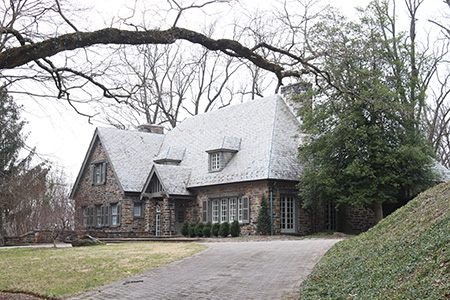 Upland, Baltimore City. Photo by Nicole Diehlmann.
Upland, Baltimore City. Photo by Nicole Diehlmann.
The Women’s Suffrage Movement in Maryland
Following an excellent historic context prepared by MHT intern Kacy Rohn in 2017, staff
sought funds from the National Park Service for additional documentation of sites significant
to the women’s suffrage movement in Maryland.
With a FY 2017 Underrepresented
Community Grant, MHT hired consultant Nicole Diehlmann to prepare a total of twenty-six forms,
including National Register updates and Maryland Inventory forms for sites across the state.
The work included a new National Register nomination for Upland, the house of Edith Houghton Hooker,
a pivotal early twentieth-century suffrage leader and founder of the Just Government League (JGL)
of Maryland. The JGL was the most influential and progressive suffrage organization in the state
and maintained local county chapters that supported the fight for women’s voting rights. Designed
by architect Edward L. Palmer, Jr. in the early twentieth century, Upland, a three-story stone
dwelling designed in the French Eclectic style, is in northern Baltimore City. Between 1914 and
1920, it was the site of important suffrage events such as the Strawberry Festival and dance held
to raise funds for suffrage hikes and “Picnickel,” a celebration honoring suffragists who participated
in the pilgrimage to St. Mary’s City.
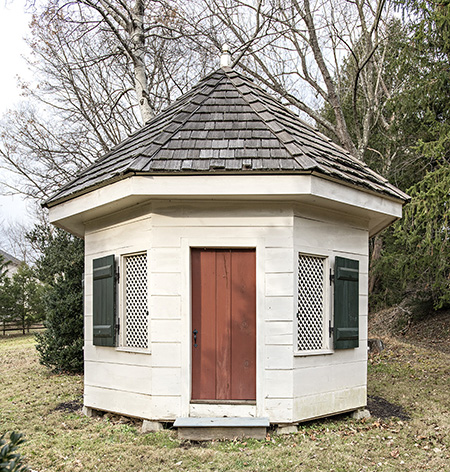 Dairy, Mt. Lubentia, Prince George’s County. Photo by Willie Graham.
Dairy, Mt. Lubentia, Prince George’s County. Photo by Willie Graham.
The Architecture of Domestic Support Structures in Southern Maryland
St. Mary’s College of Maryland received a FY 2018 non-capital grant to conduct a survey of a sample
of outbuildings representing a variety of domestic functions. The study documented fourteen outbuildings
from nine properties in Calvert, Charles, Prince George’s, and St. Mary’s counties – a region that was
a significant political and agricultural center beginning in the 17th century. The authors of the report
note: “Like dwelling houses, the presence or absence of dedicated [outbuilding] structures is often an
outward measurement of wealth and prestige among the landholding classes of the 18th and 19th centuries.”
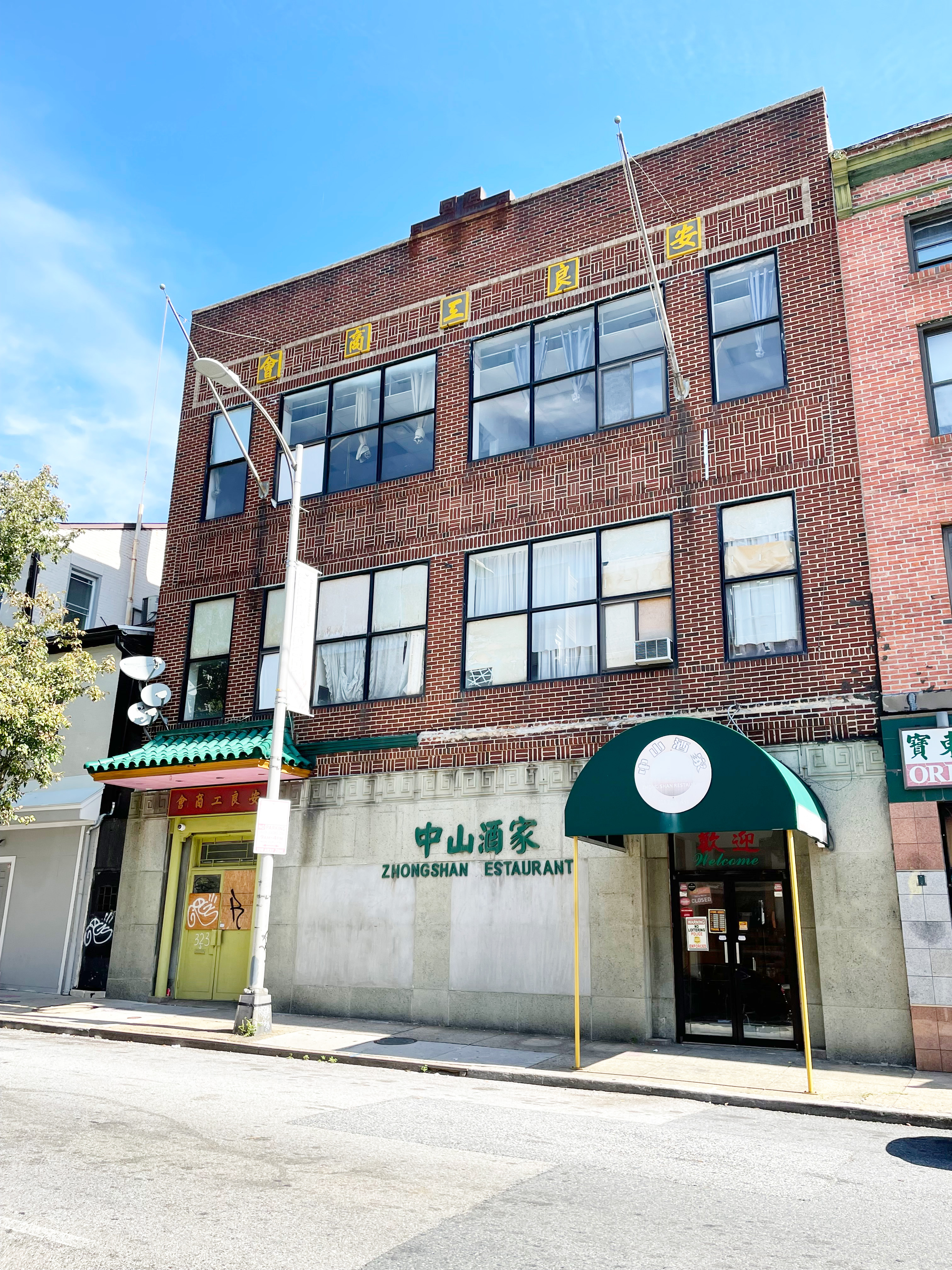 On Leong Chinese Merchants Association, 323 Park Avenue, Baltimore. Photo by RK&K.
On Leong Chinese Merchants Association, 323 Park Avenue, Baltimore. Photo by RK&K.
Asian American Communities in Maryland
In FY 2020, the Underrepresented Community Grant Program awarded MHT funds to document Asian American
communities in Maryland, focusing on Baltimore City and the suburbs surrounding Washington, DC. MHT hired
Rummel, Klepper & Kahl (RK&K) to complete the project, including a Multiple Property Documentation Form and
supporting National Register nomination for Baltimore’s Chinatown.
Research efforts identified a variety of properties associated with Asian Americans, including places of worship;
cemeteries; public, private, and religiously affiliated schools; businesses like restaurants, laundries, and
groceries; and business, fraternal, and social association buildings. One property highlighted in the work is
the Baltimore branch of the On Leong Chinese Merchants Association at 323 Park Avenue, established in 1900 in
the center of Baltimore’s Chinatown. The organization provided legal advice, conducted business transactions,
and provided financing through a credit union.
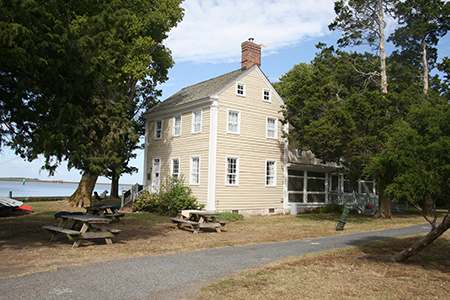 Black Walnut Point, Somerset County. Photo by Paul B. Touart.
Black Walnut Point, Somerset County. Photo by Paul B. Touart.
Lower Eastern Shore Threatened Sites Survey
With funding from the Historic Preservation Non-Capital Grant Program, the Somerset County Historical Trust is
surveying threatened properties on the Lower Eastern Shore for inclusion in the Maryland Inventory of Historic
Properties. Threats include climate change, demolition by neglect, and abandonment of small farmsteads for the
consolidation of agricultural farm acreage. Learn more about the portion of this project that surveyed
Smith Island from our
recent blog post.
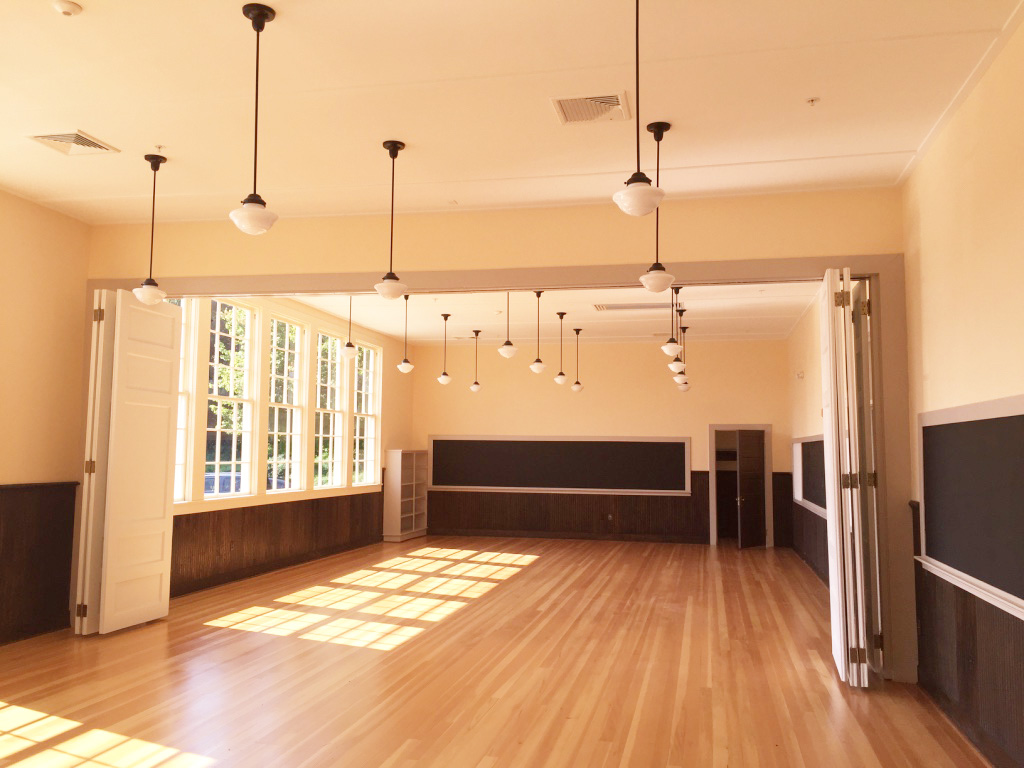 Kennard School, Queen Anne’s County. Photo by Allison Luthern/MHT staff photo.
Kennard School, Queen Anne’s County. Photo by Allison Luthern/MHT staff photo.
Documenting Maryland’s Education History: A Context Study of School Architecture
This recently completed project involved the preparation of a
historic context report
on the history of Maryland school construction from early education efforts to the 1970s.
The context report identified trends and patterns in school architecture, identified major styles and architectural
features, and developed a framework for evaluating architectural and historical significance. Funded by a Historic
Preservation Non-Capital grant, this project was undertaken in partnership with Preservation Maryland.
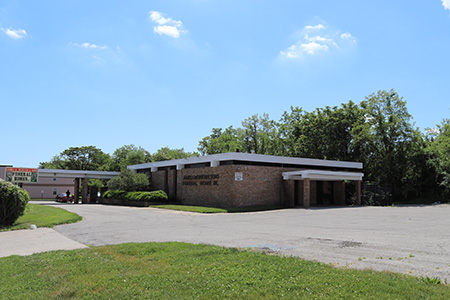 Morton Dyett Funeral Home, Baltimore City. Photo by Nicole A. Diehlmann.
Morton Dyett Funeral Home, Baltimore City. Photo by Nicole A. Diehlmann.
Bringing History to Light: Documenting West Baltimore’s African American Heritage
This project consolidated information on historic properties in the Old West Baltimore National Register Historic
District, which encompasses the premier area inhabited by African Americans in Baltimore City in the early to
mid-twentieth century. A spreadsheet of hundreds of known sites was produced, and additional properties were
documented in the Maryland Inventory of Historic Properties. Baltimore Heritage received a Historic Preservation
Non-Capital grant to undertake this project, and MHT is continuing the effort with federal funding for
additional survey work.